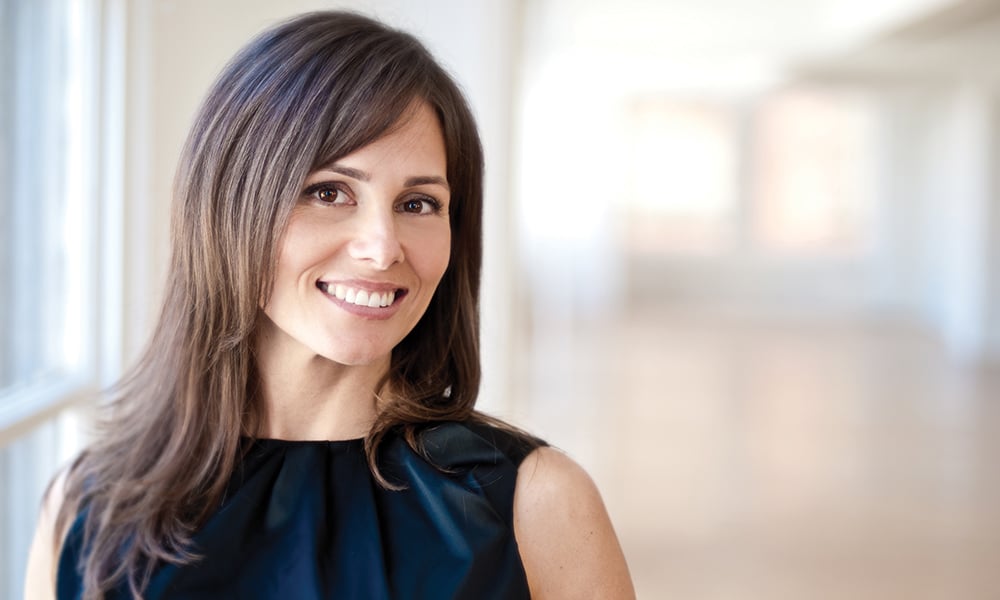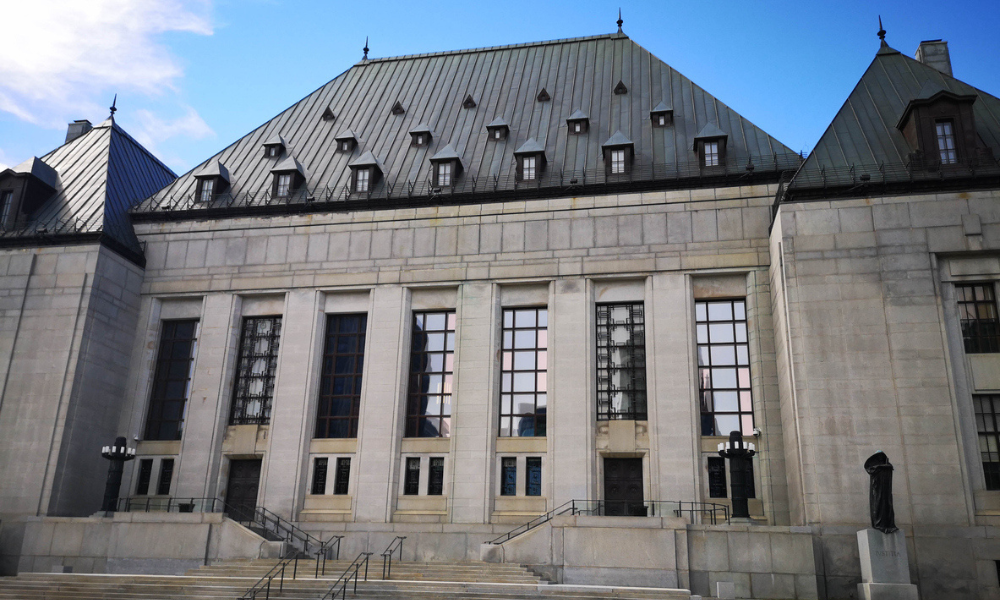For claimants looking to invest settlements, structures contrast with whipsawing markets

For structured-settlement pro Kyla Baxter, there is a claimant that she will never forget.
He was “not very wise with his money” in general, but he had taken a few investment classes and wanted to invest his settlement award on his own terms. Then, the 2008-2009 global recession hit.
While market volatility is unsettling for any investor, hurting people who settle personal injury cases may never be able to earn back the money they lose in the market through employment, notes Baxter, president of Baxter Structures.
“I’d worry about [him] all the time. And I kept calling the lawyer every few months and I kept saying, ‘How's he doing?,’” says Baxter.
Now, investors are once again facing uncertainty in equity markets as social distancing measures to contain COVID-19 have their toll. The International Monetary Fund’s World Economic Outlook suggested on April 14 that Canada’s gross domestic product could contract 6.2 per cent this year. Meanwhile, the Bank of Canada's benchmark rate has fallen. But Toronto-Dominion Bank chief executive officer Bharat Masrani told BNN Bloomberg reporters that there was still “a good chance of having a V-type” recovery in the stock market.
So, where does one park their settlement slush?
Rather than indulge stock market divination, Laura Mullin, principal at McKellar Structured Settlements Inc., is encouraging people to look at settlements more like a substitute pay cheque and less like a sum to be invested.
“People are thinking about structures again because of the market volatility,” says Mullin.
“There's always risk associated with traditional investment markets in the normal course, but the market volatility we're seeing here is like something we haven't seen certainly in my lifetime and in many people’s lifetimes. Structured settlements are once again being looked at as a safe haven . . . for injured clients, so that their focus can be on continued improvement, continued therapies, continued rehabilitation.”
A common question, to be sure, is around rates — and whether “locking in” an annuity contract or the low-interest-rate environment dooms a client to a lifetime of low returns.
“Of course, rates on structured settlements are down slightly from where they were, before the crisis hit. But we're not seeing the sharp declines, the sharp volatility — we're not seeing the same impact as the current market turmoil that is being felt in other traditional investment markets,” says Mullin. “There's a bit of an assumption when people contact us, a concern about, ‘Is this a good time to be structuring because rates are low?’ There's a misconception that structured settlement rates are like bond rates.”
As the old economics professor adage goes, “The later money is received, the less value it holds.” At a time when many are already tightening budgets, a lump-sum cash influx may have allure.
An elderly client, for example, might want their money in hand amid economic uncertainty, particularly pending the availability of a suitable short-term annuity, says Kurt Bergmanis, a partner at Bergmanis Preyra LLP in Toronto, which deals with plaintiff-side personal injury claims.
“I'm certainly still recommending the use of structures. . . . I certainly anticipate courts will continue to approve settlements for younger plaintiffs where there is that guarantee of funding for care needs,” says Bergmanis.
“I mean, I think the market rates aren't great in terms of investments. And I know that the returns on structures also aren't great in these times. But you still buy that security and that protection. . . . I think it's still a wise investment, a wise move.”
Baxter and Mullin also contend structured settlements offer their own perks — particularly during economic downturns.
“I ride waves in my industry. Sometimes, structures are booming, and sometimes, it's slower seasons,” says Baxter. “I've had casualty companies call me that said, ‘Hey, Kyla, how are the rates? Should we still be pushing structures?’ And interestingly enough, when they called me [about] the first question, I think the first 10 days of this — working from home and the lockdown started in Ontario — we were having rates improve every single day.”
Social programs such as Canada Child Benefits, income tax returns and payments from the Ontario Disability Support Program aren’t adversely affected by a structured settlement, notes Mullin, who says that rate watching doesn’t always account for the benefit of having the tax-free money coming in.
As Henderson Structured Settlements LP notes on its website, companies that back structured settlements also have protections against default, namely through capital requirements and rules that they be federally registered, have assets in excess of $25 billion and have a high insurance rating. The life insurance companies themselves also have casualty insurance to keep payments going. Henderson also says that while “the interest rate of a structured settlement mirrors” bonds and other low-risk investments, there is also no fee for the management of structured settlement funds (since it’s the insurer that pays the commission.)
“When the pandemic first started to affect the markets, our client services department was getting a lot of calls from existing structured clients, who are happy to find us able to reassure them that, ‘nope, this market turmoil does not affect your payment.’ The structured settlement that was implemented last year, 10 years ago, 30 years ago, is still continuing to pay, still safeguarded, still tax free. We're getting a lot more calls for reassurance from our existing structured settlement clients,” says Mullin.
While the settlement can’t be put in anyone else’s name, the payments can go to a named beneficiary if they exceed the claimant’s lifetime.
“What I say to my clients is exactly what we're living in today: ‘Are you going to be OK on your very worst day?’” says Baxter. “Anything else is gravy, but I tell my clients all the time, whatever you can afford to earn, you have to, on the flip side, be able to afford to lose.”
Baxter says there are ways to be creative with structured settlements to cope with the post-COVID-19 market. One way is to diversify, or to go with a shorter-term annuity so the money can be invested later, when the market has bounced back. (She notes that a minimum of five years is needed before it will show any significant return.) Payments can be made as percentages of the settlement, indexed, or can ramp up by a fixed amount over a fixed period. The negotiation process also allows for money to be set aside for emergency funds, vehicle replacement and education savings.
“It's just about being creative in this market,” says Baxter. “Sometimes, structure brokers can think outside the box where maybe the lawyers and the claimant may not have before.”










